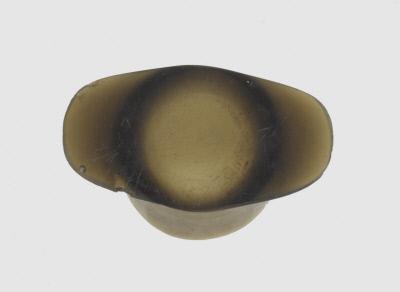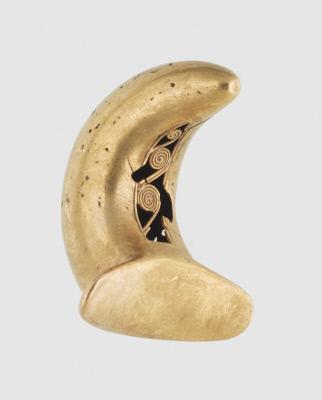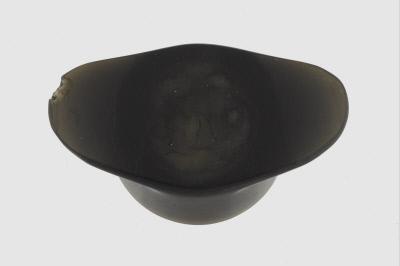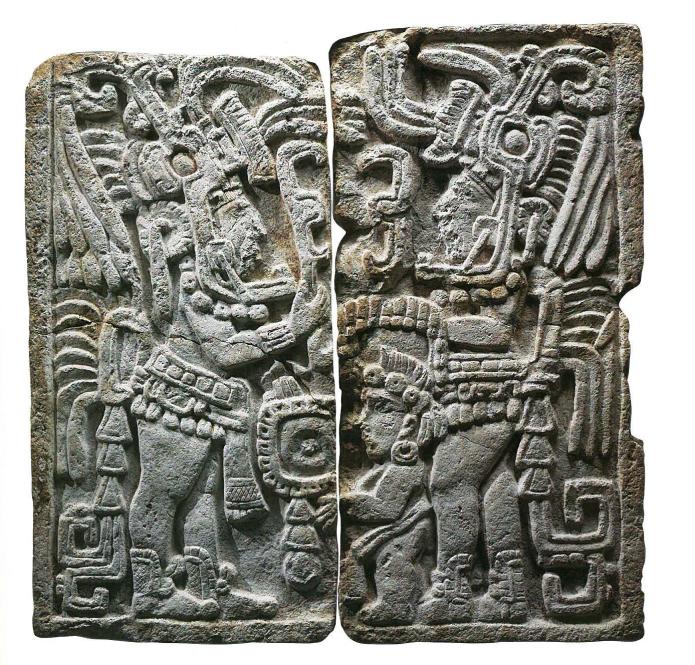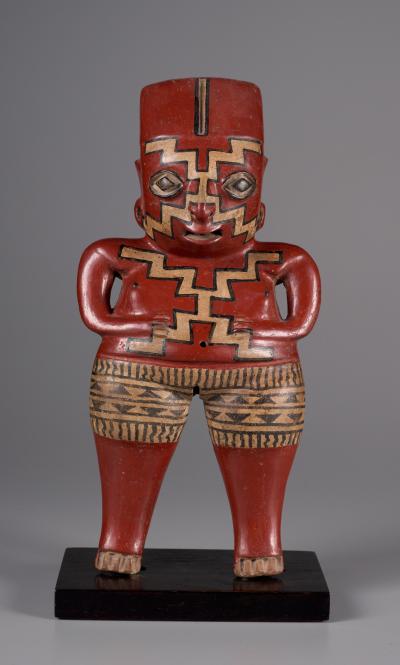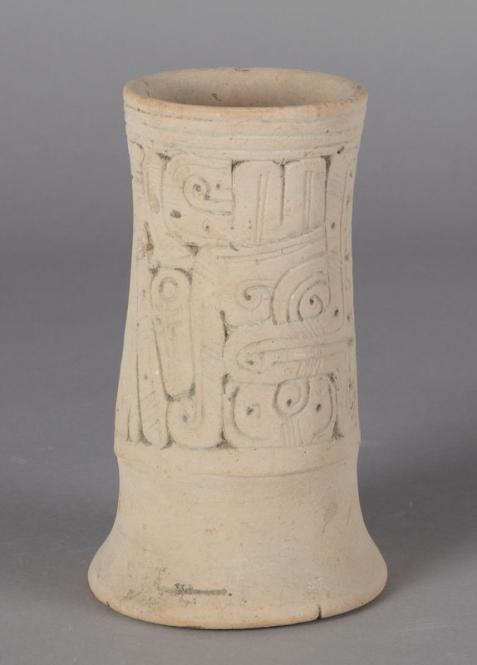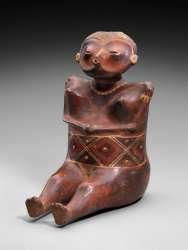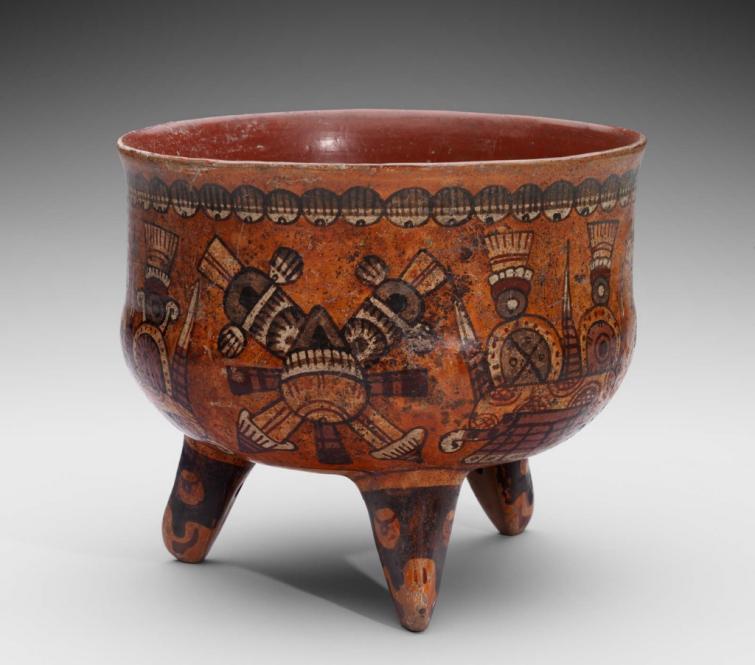2018.3.7
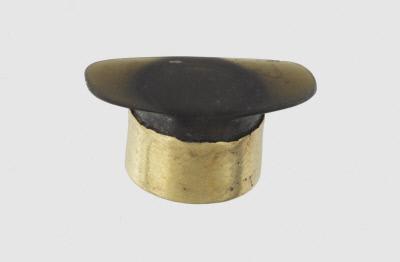
Object Title
Labret
Measurements
3/4 x 1 1/8 x 1/2 in.
Creation Date
ca. AD 900-1500
Credit Line
Gift in honor of Assen Nicolov
Museum Name
Culture
Country of Origin
Object Type
Materials / Techniques
Object URL
http://art.seattleartmuseum.org/objects/47108/labret?ctx=7d715d48-46ee-40fb-9981-8af2a9e61dd9&idx=6
Provenance Information
Collection of Paul Arany, New York, probably by the late 1960s; [Throckmorton Fine Art, Inc., New York]; purchased by Assen and Christine Nicolov, Seattle, Washington, Oct. 27, 1998
Exhibition Information
None known
Publication Information
None known
Section of the AAMD Guidelines relied upon for the exception to 1970
Informed judgement that works were outside of the country of modern discovery before 1970
Explain why the object fits the exception set forth above
Based on the results of provenance research, this labret was outside its probable country of modern discovery (Mexico) by the late 1960s. Per email correspondence with Throckmorton Fine Art employee Dimitri Treantafilos, Spencer Throckmorton confirmed that this labret (plus eleven others) came to the gallery from the collection of Paul Arany, who collected them while working in Mexico for the oil industry during the 1960s, thus placing them outside their country of modern discovery before 1970. The labret cleared a search conducted by the Art Loss Register. The Seattle Art Museum’s collection includes a few pieces of adornment—ear spools, pendants, necklaces—but not labrets. With this acquisition the museum can look cross-culturally at the practice of wearing lip plugs and other bodily adornments.
